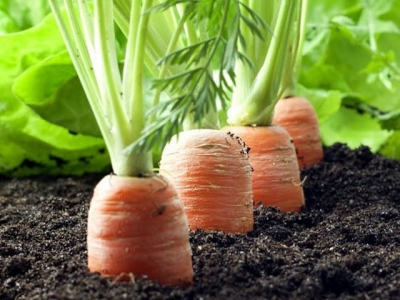EU total area under organic farming continues to increase

The total organic area in the EU-28 was 11.9 million hectares (ha) in 2016 and is still expected to grow in the coming years.
The increase in organic area between 2012 and 2016 was 18.7%. The total organic area is the sum of the ‘area under conversion’ and the ‘fully converted area’. Before an area can be considered as ‘organic’, it must undergo a conversion process, which may take 2-3 years depending on the crop.
Between 2012 and 2016, Croatia and Bulgaria recorded growth in the total organic area of over 100%. However, five EU Member States reported a downward trend: Greece (-25.9%), Malta (-35.1%), Poland (-18.1%), Romania (-21.5%) and the United Kingdom (-16.9%).
In the case of Malta however, the organic area is small and the 35% reduction is in absolute numbers only 13 hectares. As shown in Figure 1a, Spain, Italy and France had the three highest total organic areas both in 2012 and 2016.
The size of the organic area differs considerably from one EU Member State to another.
Four Member States accounted for more than half of all organically farmed land in 2016: Spain (16.9%), Italy (15.1%) France (12.9%) and Germany (9.5%), together making up 54.4% of the total EU-28 organic area. In 2015, these four countries represented 52.8%.
Related news
 Bến Tre’s green Xiêm coconut gets certificate of Geographical Indication
Bến Tre’s green Xiêm coconut gets certificate of Geographical Indication Coconut is expected to turn into a major economic product for the province. Small with a green skin, each coconut has an average of 258ml of water.
 Vietnam exports clean vegetable farming technology to Singapore
Vietnam exports clean vegetable farming technology to Singapore Vifarm Vietnam company signed an agreement with DL Edvance of Singapore on March 10 to transfer its clean vegetable farming model using high technology
 Australia ready to get its teeth into Vietnamese longans in 2019
Australia ready to get its teeth into Vietnamese longans in 2019 Australia has reviewed and assessed the cultivation, processing and packaging of longans in Vietnam, and may grant an import license for the fruit next year.